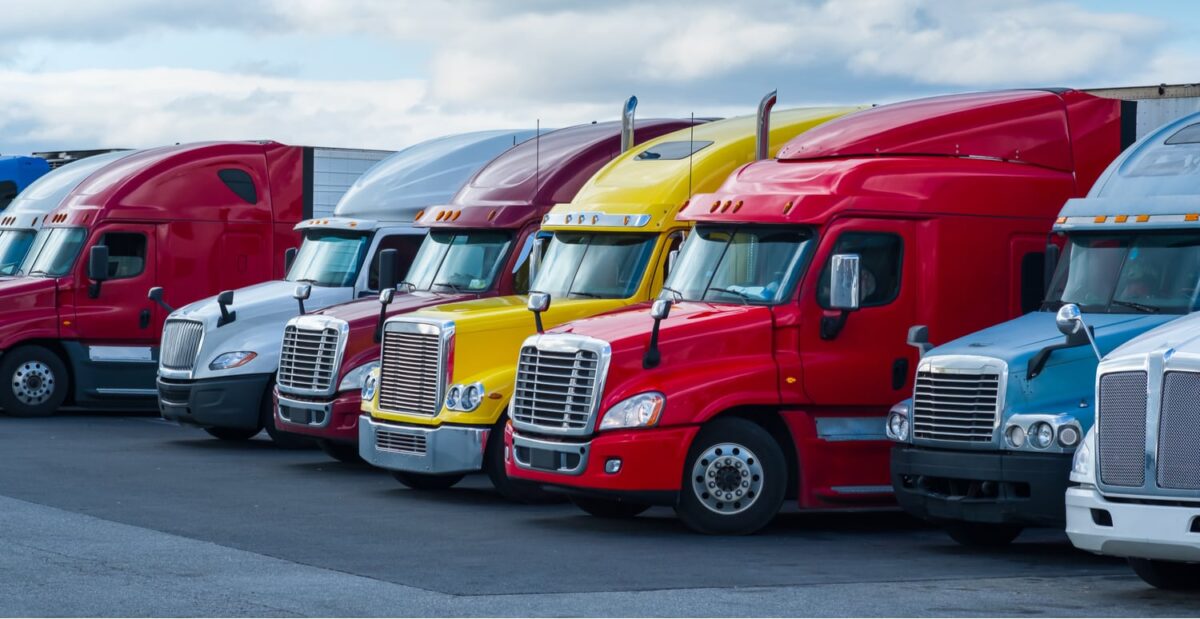There are many different jobs you can get with a commercial driver’s license (CDL). Over-the-road (OTR) driving is one of the most common careers for CDL school graduates, so you will likely hear about this option often. However, it is definitely not the only choice available. Regional trucking is another possibility. You may want to consider becoming a regional driver if you like the freedom of the open road and want to drive a semi-truck, but prefer to spend less time away from home compared to long-haul trucking.
Regional Trucking vs OTR
Similarities
In many ways, regional driving is fairly similar to long-haul trucking, especially in terms of your day-to-day life on the job. Regional truck drivers, like those with OTR jobs, spend most of their day behind the wheel and transport freight in a semi-truck.
Differences
The length of the route is what differentiates regional from OTR trucking. Long-haul drivers transport freight from coast-to-coast and travel through many different states for a given route. They will spend several weeks on the road at a time, usually between three and four. On the other hand, regional routes cover a smaller portion of the country. This may be within 1,000 miles of a central location or on one coast. As a result, regional truckers can often be home every weekend or every other weekend. Home time policies vary depending on the specific company, but as a general rule, regional truckers are going to spend fewer days at a time on the road.
Is Regional Trucking Right for You?
Benefits
The main reason drivers choose to work regionally is the increased home time. These truck driving jobs are a middle ground between OTR and local deliveries, both in terms of time on the road and pay. This can make regional driving a great fit for individuals who like some aspects of long-haul trucking but prefer to be home more frequently.
Another potential benefit of regional trucking is that you can become familiar with your specific route. This may make it easier to prepare for weather changes, traffic, and other factors that can be more complicated if you are traveling through several states as an OTR driver.
What to Consider
Although the pay for regional trucking is typically more than local jobs, it is also generally less than OTR driving. It’s important to keep in mind that truck driver salary is influenced by many different factors, so it is possible for some drivers to make as much working regionally as they would on coast-to-coast routes. However, the overall trend is that regional jobs are not as high-paying as long-haul trucking.
Another thing to keep in mind is that while some drivers prefer a familiar route, others find this to be repetitive. If you are drawn to trucking because you want to see more of the country, an OTR job would likely be a better fit.
Get Your License and Start Earning
At Phoenix Truck Driving School, we help our students earn their CDL and find rewarding careers. Our job placement assistance team will consider what type of driving you are interested in and look for companies hiring drivers like you.






















